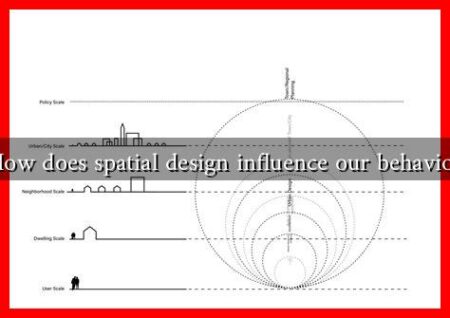-
Table of Contents
How Do Muslim Women Redefine Beauty Standards While Wearing Hijabs?
In a world where beauty standards are often dictated by media portrayals and societal expectations, Muslim women who wear hijabs are challenging and redefining these norms. The hijab, a traditional headscarf worn by many Muslim women, is often misunderstood as a symbol of oppression. However, for many, it represents empowerment, identity, and a unique approach to beauty. This article explores how Muslim women are reshaping beauty standards while embracing their hijabs.
The Hijab as a Symbol of Empowerment
For many Muslim women, the hijab is not merely a piece of clothing; it is a powerful statement of faith and identity. By choosing to wear the hijab, these women assert their autonomy and challenge conventional beauty norms. Here are some ways in which the hijab serves as a symbol of empowerment:
- Personal Choice: Many women choose to wear the hijab as an expression of their faith, making a conscious decision that reflects their values and beliefs.
- Rejection of Objectification: By covering their hair and bodies, Muslim women often seek to shift the focus from physical appearance to inner qualities, such as intelligence and character.
- Community and Identity: The hijab fosters a sense of belonging among Muslim women, creating a shared identity that transcends cultural and geographical boundaries.
Redefining Beauty Through Fashion
Muslim women are not only redefining beauty standards through their choice to wear hijabs but also through innovative fashion. The rise of modest fashion has led to a burgeoning industry that celebrates style while adhering to Islamic principles. Here are some key trends:
- Modest Fashion Brands: Brands like Modanisa and Hijab House offer stylish clothing that caters to the modest fashion market, allowing women to express their individuality.
- Social Media Influence: Platforms like Instagram and TikTok have given rise to influencers who showcase fashionable hijab styles, inspiring others to embrace their unique beauty.
- Creative Styling: Muslim women are experimenting with different hijab styles, colors, and accessories, turning the hijab into a fashion statement rather than a limitation.
Case Studies: Influential Muslim Women
Several prominent Muslim women have made significant contributions to redefining beauty standards while wearing hijabs. Their influence extends beyond fashion, impacting societal perceptions of beauty:
- Halima Aden: As the first hijab-wearing model to compete in the Miss Minnesota USA pageant, Halima has become a trailblazer in the fashion industry, advocating for diversity and representation.
- Ibtihaj Muhammad: The Olympic fencer made history as the first American athlete to compete in the Olympics wearing a hijab. Her achievements have inspired many to embrace their identities while excelling in their fields.
- Yasmin Sewell: A fashion consultant and entrepreneur, Yasmin has worked with major brands to promote inclusivity in fashion, proving that modesty can be stylish and chic.
Statistics and Trends
The modest fashion industry is rapidly growing, reflecting a shift in consumer preferences. According to a report by Thomson Reuters, the global modest fashion market is expected to reach $361 billion by 2023. This growth indicates a rising demand for clothing that aligns with cultural and religious values while still being fashionable.
Conclusion: A New Era of Beauty
Muslim women are redefining beauty standards through their choice to wear hijabs, transforming what it means to be beautiful in a modern context. By embracing their identities, challenging societal norms, and promoting modest fashion, they are creating a new narrative around beauty that values individuality and empowerment. As the modest fashion industry continues to grow, it is clear that the hijab is not a barrier to beauty but rather a canvas for self-expression and creativity.
In summary, the journey of Muslim women in redefining beauty standards while wearing hijabs is a testament to their strength, creativity, and resilience. As they continue to break stereotypes and inspire others, they pave the way for a more inclusive understanding of beauty that transcends cultural boundaries.




